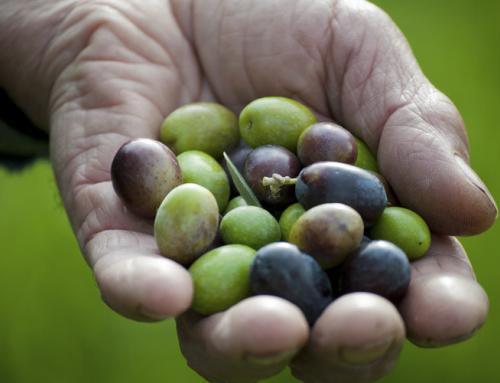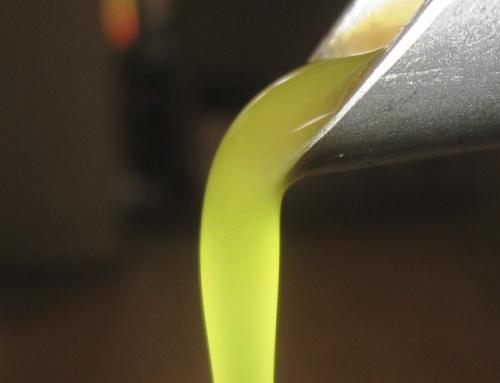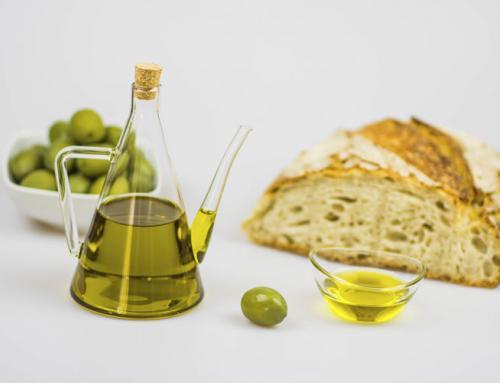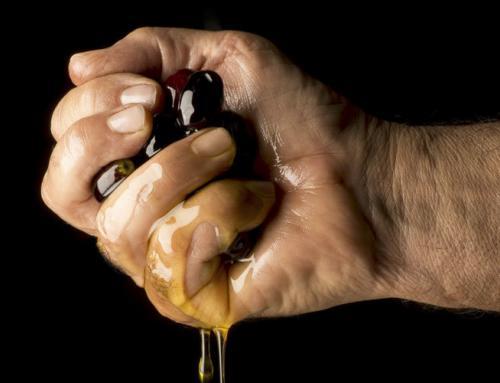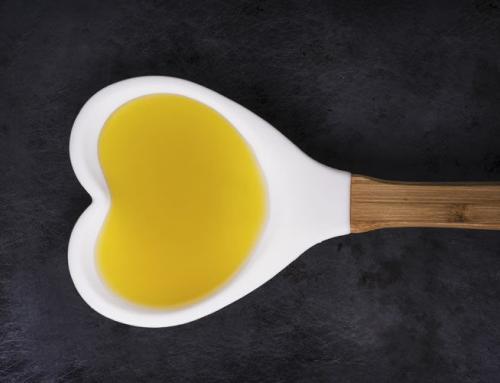Known and used since ancient times, olive oil is the most widely used fat in the Mediterranean diet.
There are countless clinical and epidemiological studies that highlight the nutritional qualities of this food, considered the best and the most suitable for human consumption, among all the edible fats of mass consumption.
A record that comes from a very simple truth: extra virgin olive oil is the only oil to be produced only by squeezing the olives, without the help of chemical solvents or other industrial interventions, as happens with other oils or vegetable fats. Over the years, extra virgin olive oil has remained a genuine and natural product, an extract of olives that transfers to the oil all the precious substances contained in the raw material.
The extra virgin olive oil is the condiment with the best balance of fats. It is particularly rich in monounsaturated fatty acids, and low in saturated fats. The extra virgin olive oil contains very few of them, all to the benefit of health. It abounds in oleic acid, a monounsaturated fat. Monounsaturated fats also make extra virgin olive oil particularly resistant to alteration. This means that, if well preserved, it does not acidize but, above all, withstands cooking well, reaching even high temperatures (for example in frying) without producing harmful substances, which instead happens when you use oils rich in polyunsaturated fats (like most of the seed oils). Extra virgin olive oil is the only condiment that is included in the weaning of infants because it contains essential polyunsaturated fats w6 and w3 in the correct ratio between them, similarly to what happens in breast milk. To distinguish extra virgin oils from other oils you can also look at the content of polyphenols, very special antioxidants. Normally, in nature, the oil is accumulated in a seed: it happens for hazelnut, soybean, sunflower and so on. Still, for the olive, nature has thought of something new and very unusual: concentrate the fat especially in the external part of the seed, in the pulp. This, however, creates an unstable and very uncomfortable environment for fats, due to the presence of water and enzymes that, when the olive is removed from the tree, can continue their degrading action of the fruit. The fats of the olive are therefore born at a disadvantage compared to those of the seeds. It is at this point that polyphenols are introduced: very powerful natural antioxidants that are able to protect fats just when they are in an unfavorable environment, rich in water, like inside the olive pulp, but also fats that are found in the watery environment of our cells. Polyphenols have a bitter and spicy taste, so if you find these two notes of flavor in an oil, it means that the polyphenols are present. Only high-quality oils contain at least 250 mg per kilo of polyphenols. Still, there are some oils that contain a lot more, and they are real health elixirs. Extra virgin olive oil is a natural source of vitamin E, a powerful antioxidant that protects cell membranes from aging processes. For this property, it is considered the vitamin of beauty. The more oxidizable fats in a food, the more vitamin E is required to protect it from the formation of free radicals. Therefore, rather than assessing how much vitamin E is present in a fat, it is important to assess how much is present compared to oxidizable fats.
According to the analysis of Crea (Centre for Agricultural Research) the chemical composition of 100 grams of extra virgin olive oil is:
-
• lipids 99,9, of which:
• saturated 14.46 percent
• monounsaturated 72.95 percent
• polyunsaturated 7.52 percent
• energy (kcal) 899
• iron 0,2 mg
• zinc traces
• copper traces
• selenium traces
• vitamin A 36 micrograms
• vitamin E 22,4 mg




